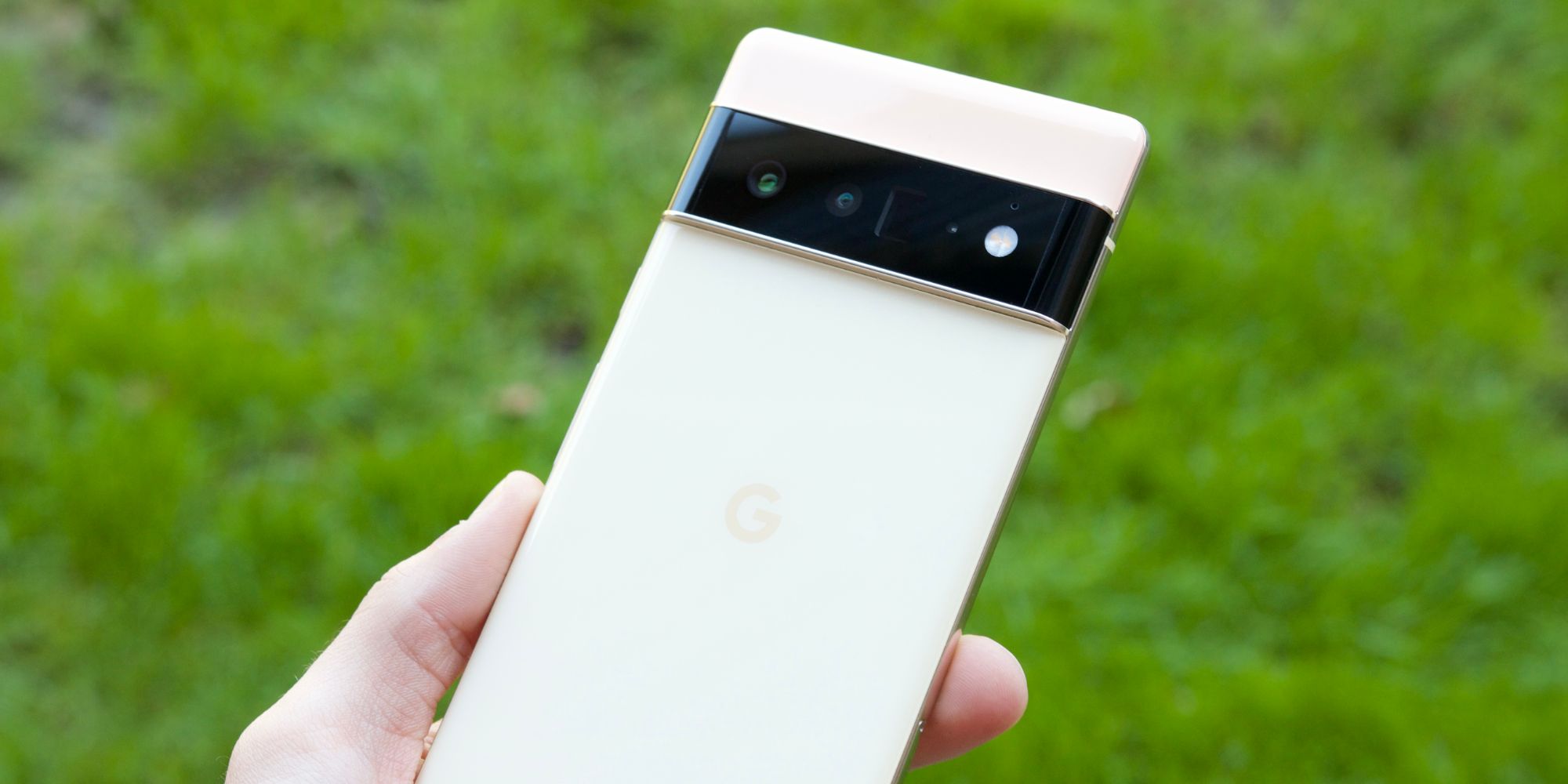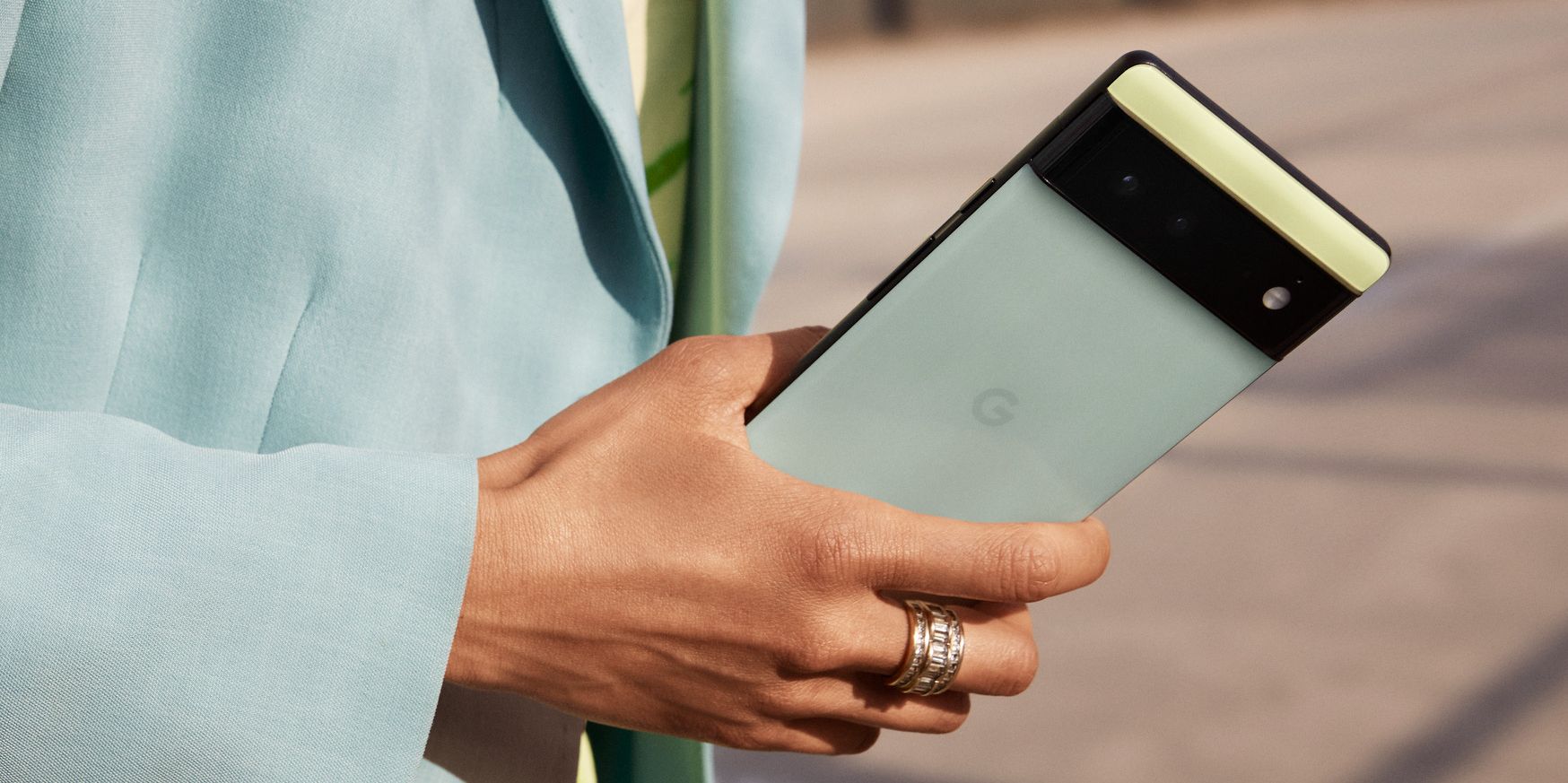
Google is marketing the Pixel 6 and Pixel 6 Pro as its latest 5G smartphones, and while both phones do support 5G, there's a bit more to the story than just that. Announced on October 19, the Pixel 6 and 6 Pro are some of 2021's most exciting smartphones. Their designs are striking, Google Tensor adds a ton of new AI features, and the camera experience is more powerful than ever before. As an alternative to Apple's iPhones and Samsung's Galaxy S handsets, the Pixel 6 series is quite impressive.
Along with the new chipset and cameras, another highlight of the Pixel 6 series is that both phones work with 5G. 5G has been the main talking point of carriers and smartphone manufacturers for years at this point. 5G is objectively better than its 4G LTE predecessor, though the implementation is still confusing. Sub-6 5G has similar coverage to LTE, but speeds are only slightly faster than before. mmWave 5G can be ridiculously fast, but standing a few feet in the wrong spot can decimate the signal. This is all confusing enough on its own, and it isn't helped when companies like Google aren't upfront with how their phones support these different networks.
Shortly after listing the Pixel 6 on the Google Store, eagle-eyed shoppers were quick to point out a disclaimer that reads as follows: "Unlocked Pixel is not compatible with millimeter wave (mmWave) networks." This makes it appear that any unlocked Pixel 6 doesn't support the faster mmWave 5G band. However, that's not entirely true. As confirmed to Screen Rant by a Google representative, all versions of the Pixel 6 Pro sold in the U.S. work with sub-6 + mmWave networks. Regardless if someone buys an unlocked Pixel 6 Pro or from a carrier, it supports sub-6 and mmWave 5G networks without a problem. So far so good, right?

Where things get confusing is with the regular Pixel 6. If someone buys the $599 unlocked Pixel 6 from the Google Store, Amazon, Best Buy, or any other retailer, it only works with the slower sub-6 5G network. This also applies to carriers selling the Pixel 6 for the same $599 price (such as T-Mobile and Xfinity Mobile). If you buy the Pixel 6 from either of those two carriers, don't expect any mmWave connectivity.
That said, there are two specific versions of the Pixel 6 that do work with sub-6 and mmWave 5G — one of which is the Verizon model. Although the Pixel 6 starts at $599 from virtually every retailer/carrier, Verizon's selling it for $699. This also applies to AT&T. AT&T's charging a ridiculous $739 for the Pixel 6, and just like Verizon, the only difference is that it supports mmWave.
Confused? Here's a quick recap. If you live in the U.S. and buy the Pixel 6 Pro from an official retailer/carrier, it works with sub-6 and mmWave 5G without exceptions. Buying the regular Pixel 6 unlocked limits it to sub-6 5G. If someone buys the Pixel 6 from their carrier, they may or may not get mmWave support. T-Mobile and Xfinity versions of the Pixel 6 don't support mmWave, whereas Verizon and AT&T do. If that sounds complicated, that's because it absolutely is. The Pixel 6 and 6 Pro may have the necessary hardware to compete with the big leagues, but Google still has a long way to go with this side of the equation.
Source: Google
from ScreenRant - Feed https://ift.tt/3G8GD0O


0 Comments